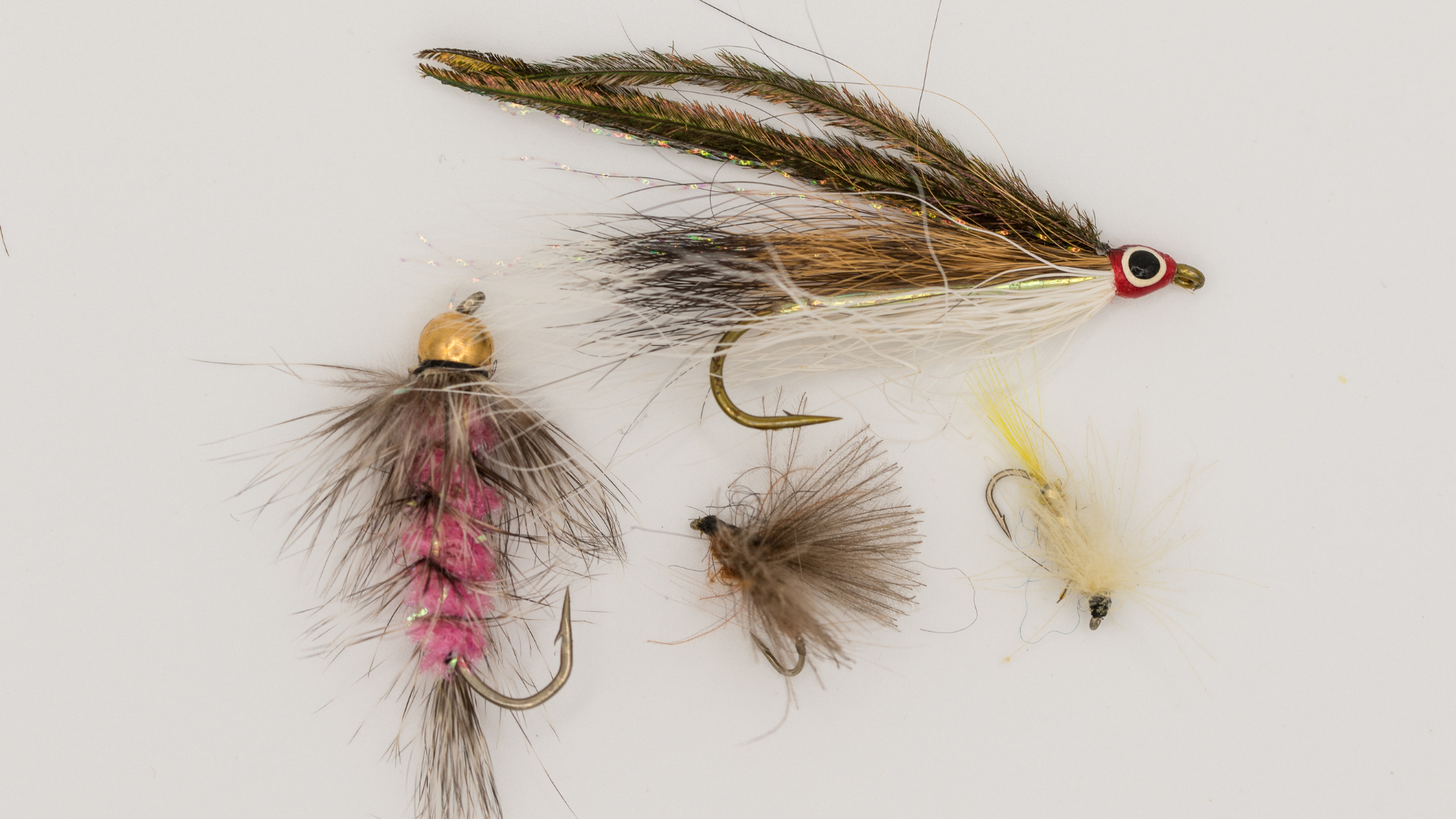Esopus Portal - Schoharie Reservoir - New York
Fly Fishing River Report & Conditions
Esopus Portal – Schoharie Reservoir - Water Flow Chart
Esopus Portal – Schoharie Reservoir - Weather report & radar
Esopus Portal – Schoharie Reservoir - General hatch chart
| Month | Hatch | Time of Day | Recommended Fly Sizes | Popular Fly Patterns |
|---|---|---|---|---|
| January | Midges | Midday | #22-24 | Zebra Midge, Griffith’s Gnat |
| February | Midges | Midday | #22-24 | Zebra Midge, Griffith’s Gnat |
| March | Blue Winged Olive | Afternoon | #16-20 | Pheasant Tail, RS2 |
| April | Blue Winged Olive | Afternoon | #16-20 | Pheasant Tail, RS2 |
| Midges | Midday | #22-24 | Zebra Midge, Griffith’s Gnat | |
| May | Depends on water clarity | Varies | Varies | Varies |
| June | Green Drakes | Morning and Evening | #10-12 | Green Drake Dun, Green Drake Nymph |
| Stoneflies | Evening | #4-8 | Stimulator, Golden Stone | |
| July | Terrestrials | Afternoon | #8-14 | Green Butt Skunk, Dave’s Hopper |
| Caddis | Evening | #14-18 | Elk Hair Caddis, X-Caddis | |
| Stoneflies | Evening | #4-8 | Stimulator, Golden Stone | |
| August | Terrestrials | Afternoon | #8-14 | Green Butt Skunk, Dave’s Hopper |
| Caddis | Evening | #14-18 | Elk Hair Caddis, X-Caddis | |
| September | Blue Winged Olive | Afternoon | #16-20 | Pheasant Tail, RS2 |
| October | Blue Winged Olive | Afternoon | #16-20 | Pheasant Tail, RS2 |
| November | Midges | Midday | #22-24 | Zebra Midge, Griffith’s Gnat |
| December | Midges | Midday | #22-24 | Zebra Midge, Griffith’s Gnat |
Esopus Portal – Schoharie Reservoir Access Points
Esopus Creek is a notable trout stream that originates from the Schoharie Reservoir, popular among fly fishing enthusiasts. Here are some ideal access points for fly fishing on the Esopus portal:
- Bellayre Beach: This tranquil beach land on the Esopus Creek is popular with anglers. It also provides ample parking and amenities.
- The Shandaken Portal:At this point, cold, clean water is released from the Schoharie Reservoir into the Esopus that makes it a great spot for trout fishing.
- Phoenicia River Park: This park allows quick access to the stream and is a nice spot for family outings as well.
- Allaben Public Fishing Access Site: This is an easily accessible spot near the Shandaken Portal where anglers can find various species of fish.
- The Big Indian Bridge: This spot offers ample space for fishing and has a rich variety of trout.
Esopus Portal – Schoharie Reservoir Fishing Spots
The Esopus Portal – Schoharie Reservoir is renowned for fly fishing. Let’s look at some of the best spots:
- Schoharie Reservoir: Fly fishing here is more than rewarding because of the variety of fish, like brown trout and walleye.
- The Upper Esopus: This section of the river is famous for its fast currents and wild trout population. A must-visit spot for any anglers who enjoy a challenge.
Additionally, these are another two must-visit spots:
- Portal: Located between the reservoir and creek – a popular location due to the constant flow of clean cold water that creates a prime habitat for trout.
- Shandaken Tunnel Outlet: Situated at the end of the tunnel – this section of the river generates big fishes and is another angler hub.
Esopus Portal – Schoharie Reservoir Local Fish Species
- Brown Trout
- Brook Trout
- Rainbow Trout
- Smallmouth Bass
- Large Mouth Bass
- Northern Pike
- Catfish
- Chain Pickerel
About the Esopus Portal – Schoharie Reservoir
The Esopus Portal – Schoharie Reservoir is an awe-inspiring embodiment of American ingenuity. Construction began in 1919 with the chief goal of supplying water to thirsty New York City.
A stunning blend of nature and technological prowess, its captivating history is as follows:
Contemplate these astounding feats of engineering next time you enjoy a cup of water from NYC taps, remembering the remarkable journey it took to reach you.
A stunning blend of nature and technological prowess, its captivating history is as follows:
- Conceived by the New York City Board of Water Supply, the project finished in 1927 with six towns getting inundated in the process.
- The reservoir holds an impressive 19.6 billion gallons of water stretching about 6 miles in length and reaching depths up to 152 feet.
- The Esopus Portal links Schoharie Reservoir to the Ashokan Reservoir, travelling 18 miles through an underground aqueduct to make the connection.
Contemplate these astounding feats of engineering next time you enjoy a cup of water from NYC taps, remembering the remarkable journey it took to reach you.
Community Contributions
Be part of the fishing community!
No updates submitted for this river.



